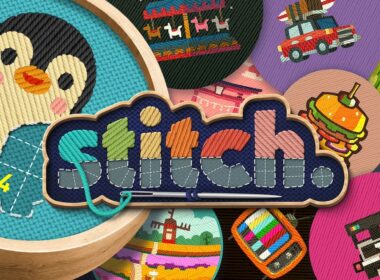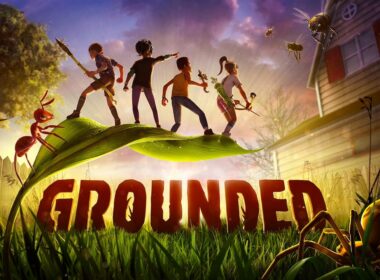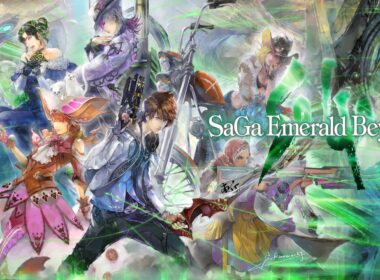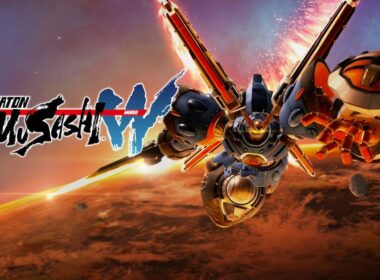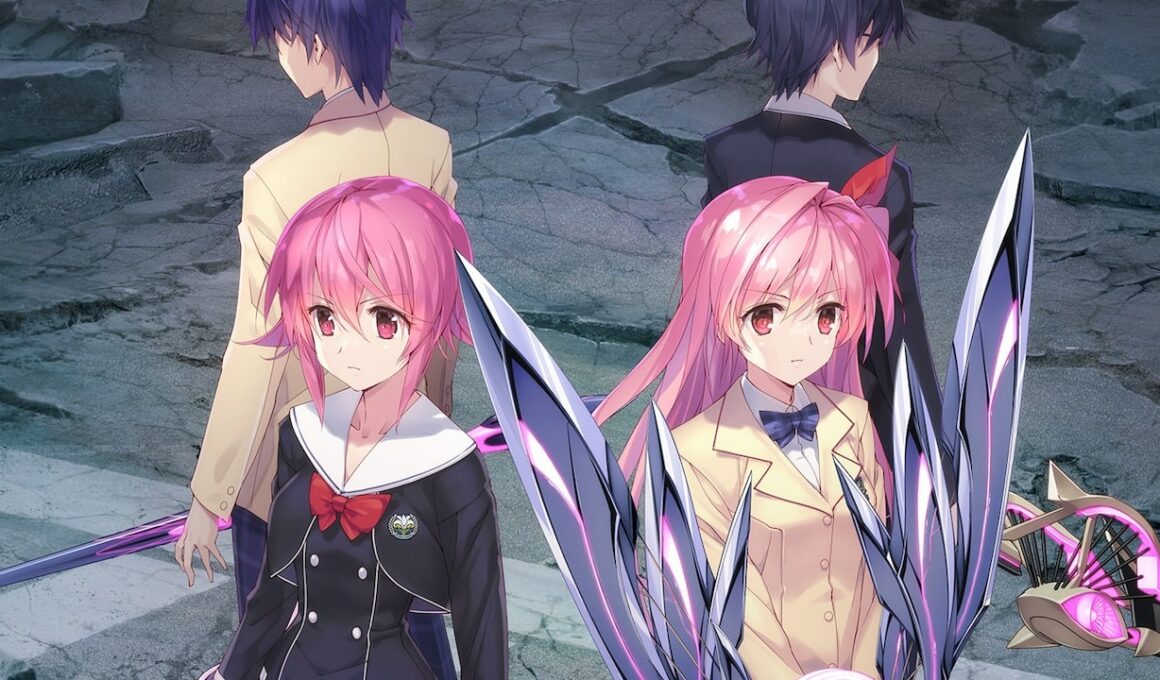Chaos;Child was a foundational work of art for me when I was first getting into media criticism. However, it existed in a rather inconvenient position. As the thematic sequel to a game that had not, and seemingly would not, been localized. While calls for Chaos;Head NoAH to be localized were not numerous, they were certainly loud, and they’ve now been answered. In addition to Chaos;Child receiving a brand new port, Chaos;Head has received its first port since 2014. Both of these have been bundled together in the Chaos;Head NoAH / Chaos;Child Double Pack.
The results of that hype are, unfortunately, a bit underwhelming. I think both of these games are rich with brilliant atmosphere and themes, but they were not given the care they deserved in this re-release. In some instances, these are annoying little problems, and in others we’re talking about serious accessibility issues. With the Steam port canceled, this frustratingly makes it the only version of the game officially available.
Both Chaos; games offer different takes on the same premise. In two different time periods in Shibuya, an odd series of murders begins to take place called the New Generation Madness. The protagonists are two socially awkward teenage boys who approach the mysteries in their own ways. Takumi, the protagonist of Chaos;Head, would prefer to lock himself in his room and avoid the killings. He spends his days shut in his room, playing MMOs and browsing the internet. He is thrown into NewGen unwillingly.
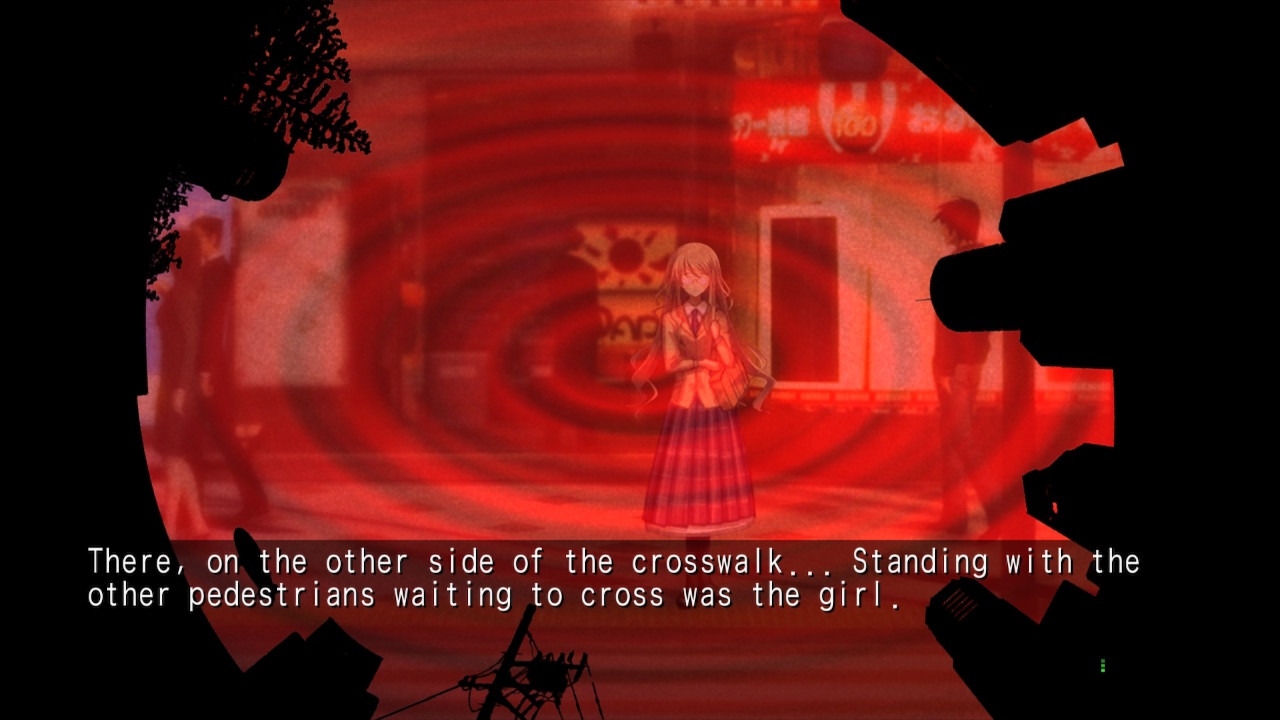
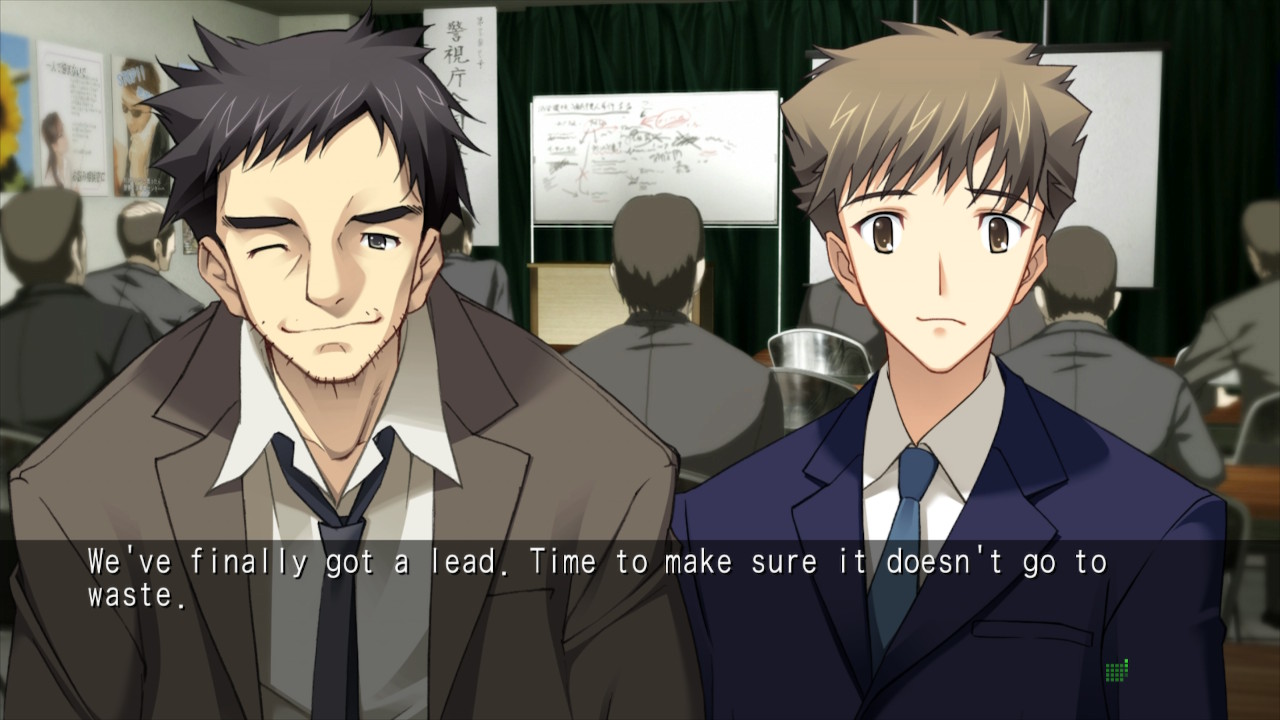
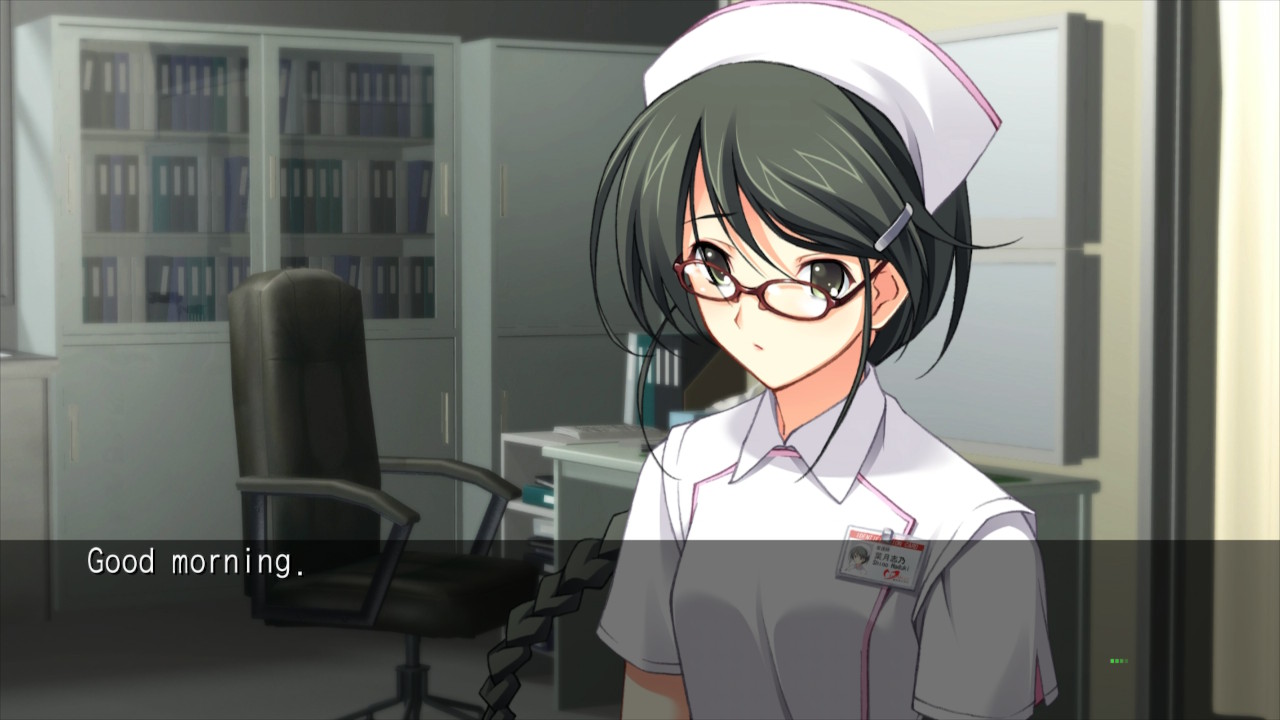
Chaos;Child’s protagonist, Takuru Miyashiro, dives headfirst into the danger to solve the mystery. Years after the events of Chaos;Head, Shibuya has just started to recover from how the events rocked the city to its core. The murders have now returned, and in a desperate attempt to feel special Takaru uses the equipment of his school’s Newspaper Club to take on the investigation himself.
The gameplay of both titles is very similar. Chaos;Head introduced the main feature for interacting with the story that both titles share: The Delusion Trigger System. Unlike most Visual Novels, which branch the story with simple dialogue choices, the Chaos; games (and the rest of the Science Adventure series they are a part of) have a unique way of doing this. Many times throughout the story a visual indicator will appear to indicate you can view a positive or negative delusion based on the scene in question. This will make the protagonist’s imagination, delusions, or anxieties go wild. Positive delusions will warp events into being something lewd, while Negative delusions will typically be horrific.
On your first playthrough this will not change the course of the narrative, just change the events you see in the common route. After this first ending, replaying it will have your choices branch the game into unique story routes based on the game’s heroines. Once all of these have been cleared, the True Ending will be unlocked. These can be a hassle to unlock, which could (with added dark subject matter) make it a difficult set of games to jump into if you’re a casual VN fan. Guides do exist, however, so it’s not impossible, and I’d recommend following one to avoid any frustration with trial and error. Both games combined will net you around 80 hours, so for those who enjoy diving deep into games with multiple routes there’s a lot here for you.
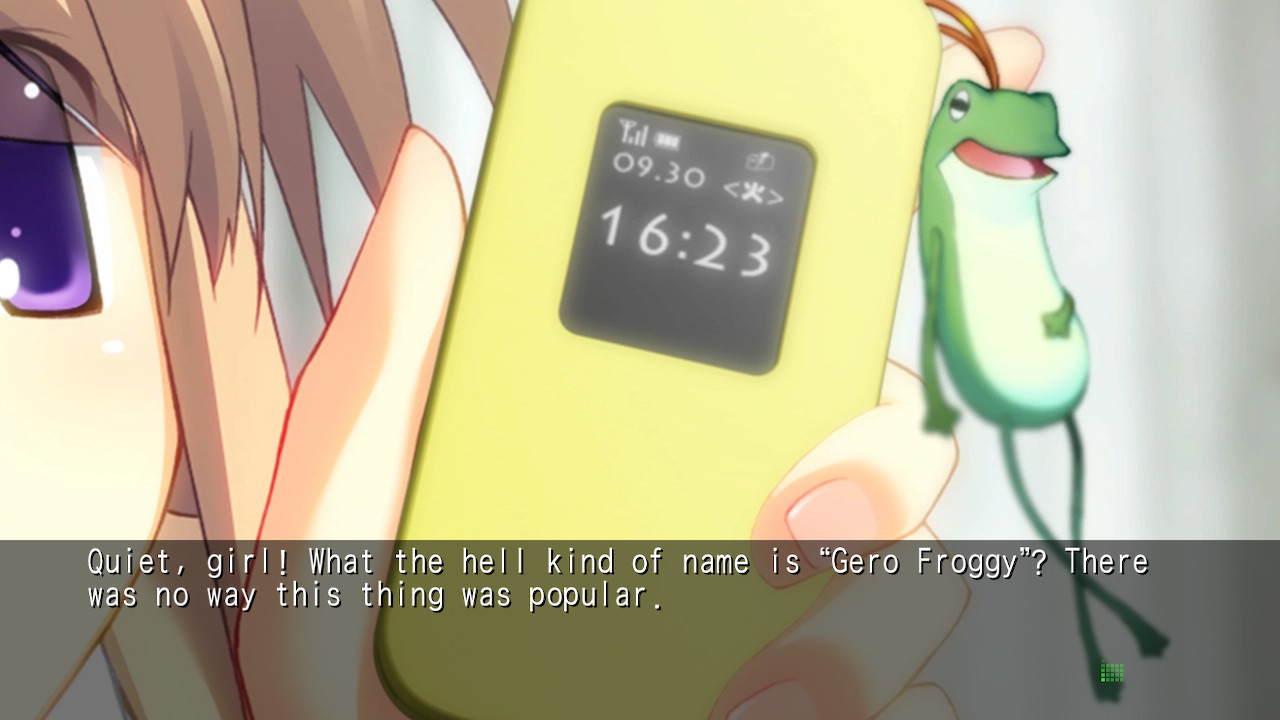
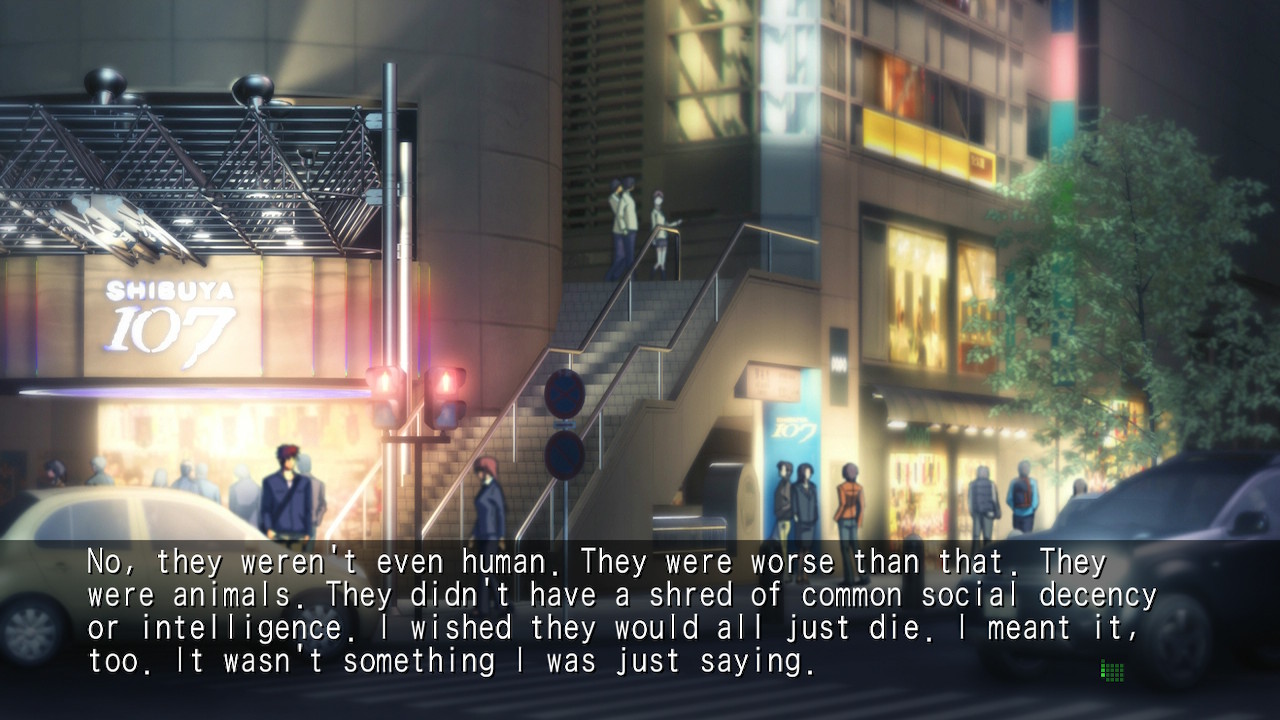
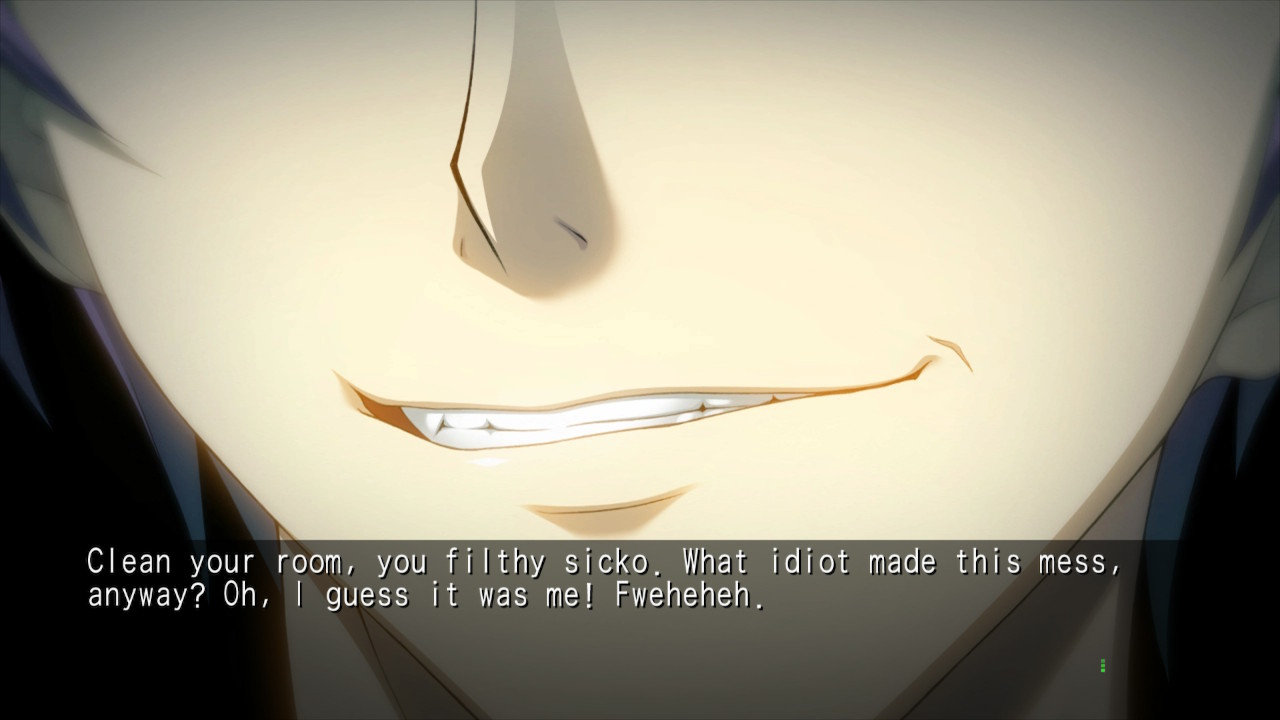
Chaos;Child still features the Delusion Trigger System but adds another way to engage with the story in the form of the Mapping Trigger System. Takuru and his friends will place data on a map in the clubroom to try to solve the mystery, but this is more used as a way to tell the story than to branch it. Presentation sees a massive improvement in Chaos;Child over the original game, and for that, I’d recommend playing the games in release order with Chaos;Head first. They pair together better that way and Chaos;Child could spoil the original given its premise being further in the timeline.
However, the previously mentioned port issues are likely to get in your way of experiencing these games as they were meant to be played. Chaos;Head received a new localization, while Chaos;Child’s seems to be the original one with slight changes. To start with praise, I will say that I’m quite pleased with this being the first ever official release of Chaos;Child to have the map translated. In every previous version (PlayStation Vita, PlayStation 4, and Steam) this was left untranslated. While this might not seem like a big deal, one of the character routes requires you to be able to parse the location names to be able to complete the route.
Without a guide or fluency in Japanese, the game becomes impossible to beat. It’s almost inexcusable that it has taken this long to be included with an official release, but better late than never I suppose. Besides that, it appears that Chaos;Child’s script has been untouched based on my casual replay. However, there seems to have been an issue with the way the text was inserted into the engine. For those of you not aware, Japanese ellipses can sometimes be presented in a different way than English ellipses. Some games will feature them centered vertically, in the localization process this should be addressed to make them more in line with English ellipses.
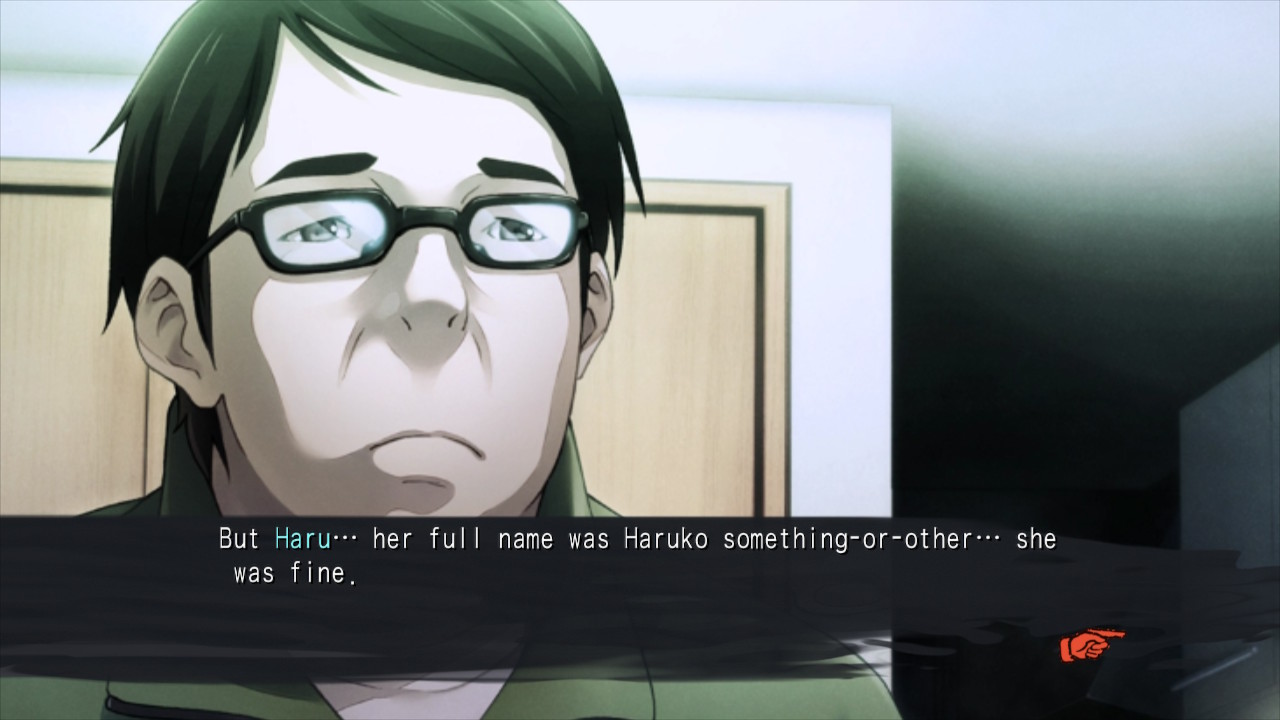
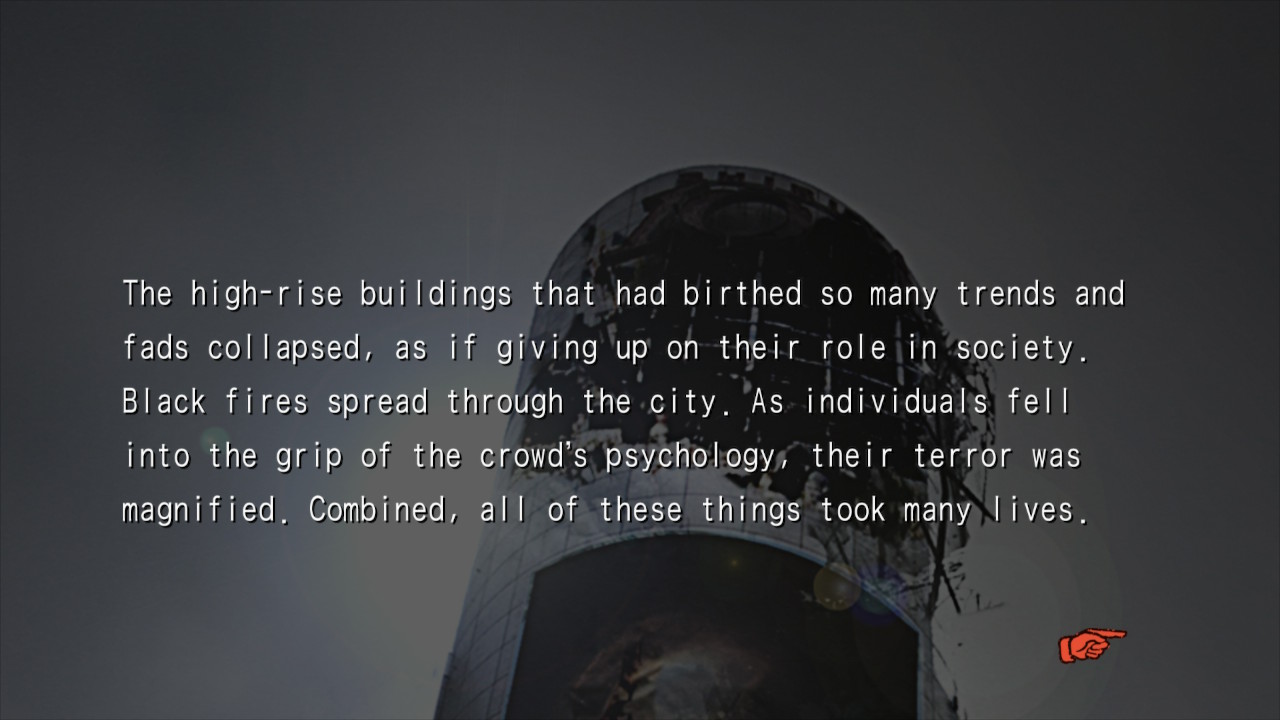
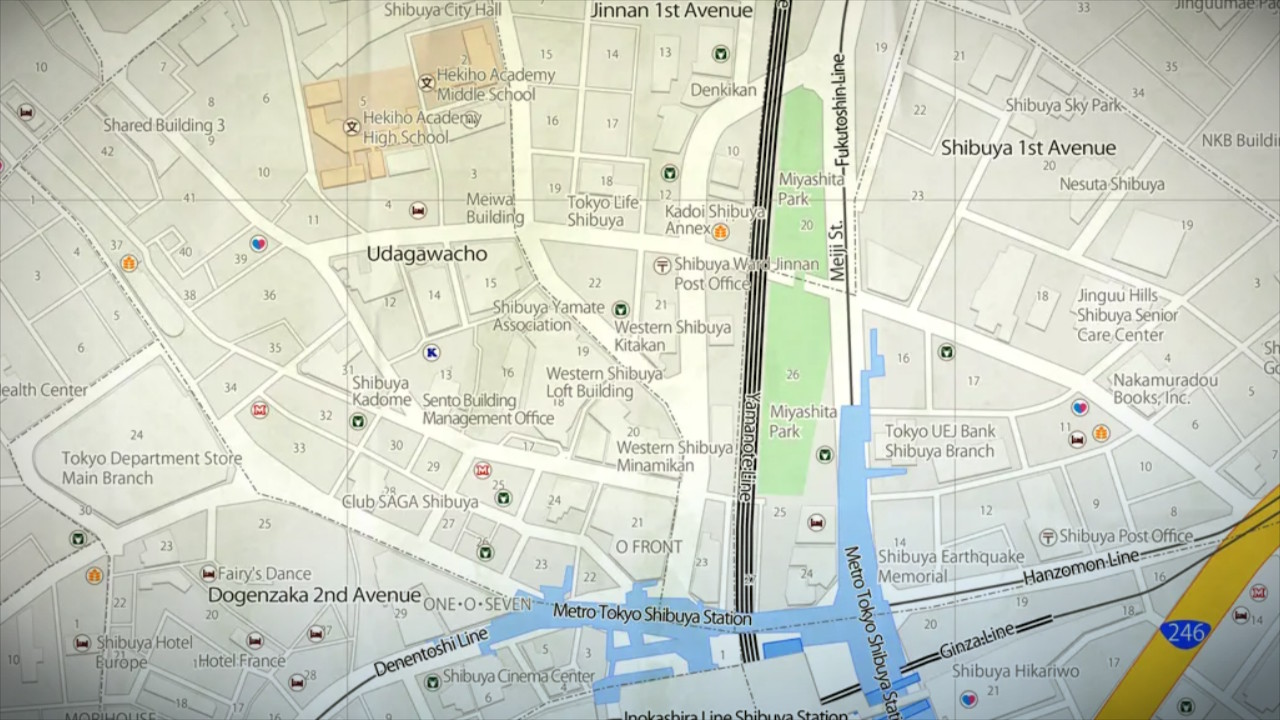
Despite not being centered in any previous version of Chaos;Child, this version has every single ellipsis centered. It’s quite jarring, especially when I know another version of the game exists that handles this better. This version of the game would have been a great way to recommend this game to friends who don’t have PCs, and it still could be given their tolerance for things like this, but it’s an annoying omission to not fix this.
Most of my time with these was spent on Chaos;Head, since this was the first time it’s been localized. SciADV localizations are a hot-button issue for debate with the fanbase, and as someone who does not speak Japanese all I can do is comment on how the dialogue flows in English. If you found Robotics;Notes’ translation readable you’ll likely be able to make it through this one. I do think that this reads as more stilted overall, and there were a bit too many terms left untranslated or oddly anglicized. It could be better. My bigger localization gripe with this game is more about how awkwardly many of the visual aspects of the game were translated.
This game will emulate technology rather well, which fits Takumi’s terminal online nature. Many of the game’s CGs involve his computer screen as he does research into the NewGen mystery. Instead of remaking these CGs with English text, they were awkwardly subtitled over. These are about the same as what you’d see for subtitles on an anime, which typically have very short translation production times, not the localization of a game.
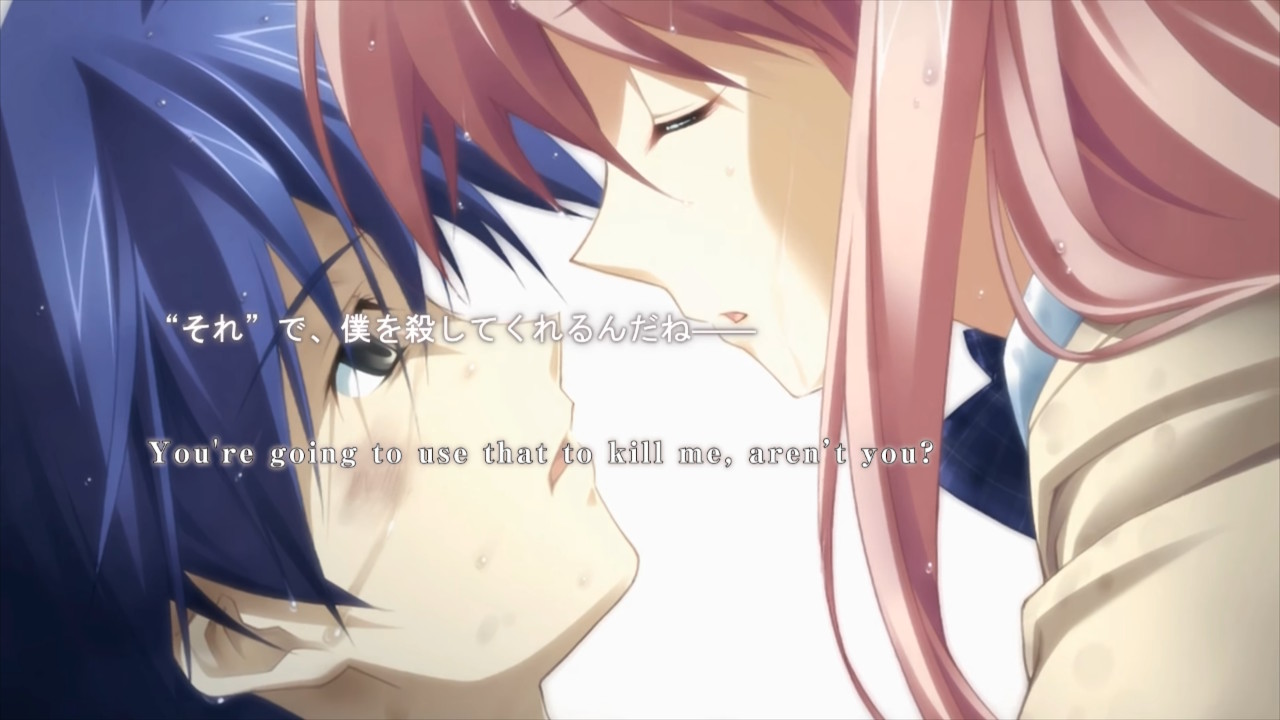
Lastly, I have issues with the way text is presented in the text boxes. The ellipses issue with Chaos;Child is here but strangely inconsistent. Most of the time the ellipses have been formatted to follow how they’re written in English, but I did see them occasionally switch to the Japanese way. The larger issue is that, for some reason, quotation marks were not used for any of the game’s voiced dialogue. Not every game does this, and that’s fine, but typically the games that don’t feel the need to present dialogue have UI built in to show the speaker.
The engine Chaos;Head was built on was old, but in the Japanese release dialogue was still noted with quotation marks (「」). This way, even if you couldn’t see who was talking in the text box or log, you could look at the visuals in question to see. If there was no character moving their mouth to match the dialogue, you could tell that it was Takumi, and vice versa. In the English release, every single line of dialogue is presented the exact same way. For many people playing, this will be fine if not a tad annoying, but this is a massive accessibility issue for deaf players. I’m glad MAGES have used their money into developing an engine with speaker tags built into the UI, but the removal of quotation marks will make this unplayable for deaf players or even those who just don’t like listening to voices while they play. Whether you care about accessibility or not, it doesn’t make sense why something like this was removed for the western release.
I adore both of these games, and if you have the stomach for their contents I think they could be as formative to you as they were for me. They’re thought-provoking and beautiful games that spoke to me in a time when I needed them. But the issues introduced with these official Nintendo Switch releases make it hard to give them a glowing recommendation as they are now. Some of these problems, like Chaos;Head not having speaker tags, aren’t really something that could be fixed. I get it, but there are strange oversights I think could be addressed in a patch. Will they be? I’m not entirely sure. What I do know is that these games are great at their core, and deserve better.
Version Tested: Nintendo Switch
Review copy provided by Spike Chunsoft

